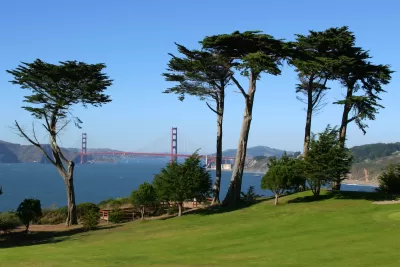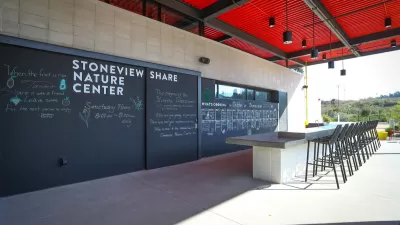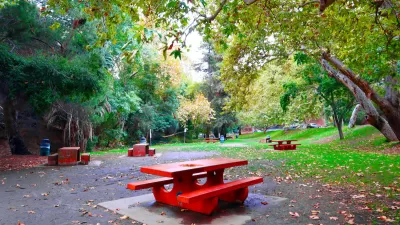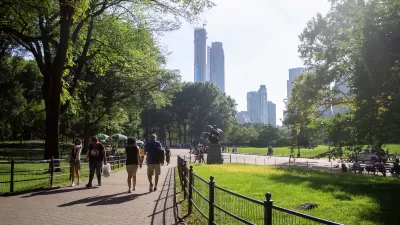City golf courses, paid for by public dollars, are rarely used by the vast majority of residents. Some advocates want to see them opened to the public as parks or repurposed for housing.

According to an article by Eliza Relman in Business Insider, “Urban and suburban golf courses are one of the least efficient and equitable ways to use densely-populated land. Many urban planners see them as a golden opportunity to address worsening homelessness, a housing affordability crisis, and a shortage of green space.”
In about half of US states, golf courses are heavily subsidized through property tax breaks. In California, a 1960 law ensures golf courses aren't taxed based on their ‘highest and best use’ as other land is, and instead get a special tax break just for being golf courses.
Compared to public parks, golf courses have much lower usage by their nature, Relman writes. In San Francisco, “The Presidio Golf Course has just 1,200 visitors per acre each year, while San Francisco's nearby Golden Gate Park welcomes 24,000 visitors per acre annually.”
With golf’s popularity on the decline—“About a third of public golf courses lost money in 2019”—“Proponents of retrofitting courses note that reducing the number of golf courses would help boost revenue for courses that do survive.”
Relman describes the challenges to converting golf courses to other uses, including the cost of buying the property and the process of rezoning to accommodate housing or other new development, which faces strong pushback in many cities. “Despite what ‘anti-golf Twitter’ says, proponents of redevelopment don't necessarily want to abolish the sport — they just want golf to take up less space in dense places.”

Planetizen Federal Action Tracker
A weekly monitor of how Trump’s orders and actions are impacting planners and planning in America.

Restaurant Patios Were a Pandemic Win — Why Were They so Hard to Keep?
Social distancing requirements and changes in travel patterns prompted cities to pilot new uses for street and sidewalk space. Then it got complicated.

Map: Where Senate Republicans Want to Sell Your Public Lands
For public land advocates, the Senate Republicans’ proposal to sell millions of acres of public land in the West is “the biggest fight of their careers.”

Maui's Vacation Rental Debate Turns Ugly
Verbal attacks, misinformation campaigns and fistfights plague a high-stakes debate to convert thousands of vacation rentals into long-term housing.

San Francisco Suspends Traffic Calming Amidst Record Deaths
Citing “a challenging fiscal landscape,” the city will cease the program on the heels of 42 traffic deaths, including 24 pedestrians.

California Homeless Arrests, Citations Spike After Ruling
An investigation reveals that anti-homeless actions increased up to 500% after Grants Pass v. Johnson — even in cities claiming no policy change.
Urban Design for Planners 1: Software Tools
This six-course series explores essential urban design concepts using open source software and equips planners with the tools they need to participate fully in the urban design process.
Planning for Universal Design
Learn the tools for implementing Universal Design in planning regulations.
Heyer Gruel & Associates PA
JM Goldson LLC
Custer County Colorado
City of Camden Redevelopment Agency
City of Astoria
Transportation Research & Education Center (TREC) at Portland State University
Camden Redevelopment Agency
City of Claremont
Municipality of Princeton (NJ)





























